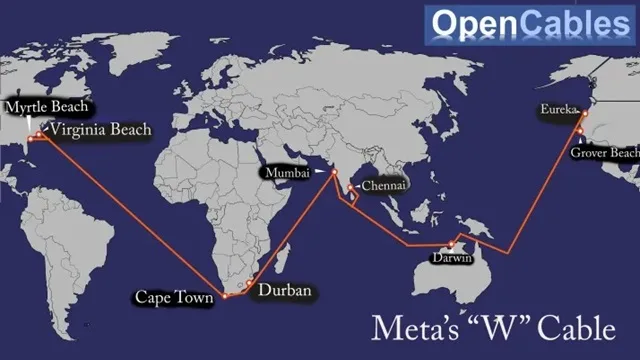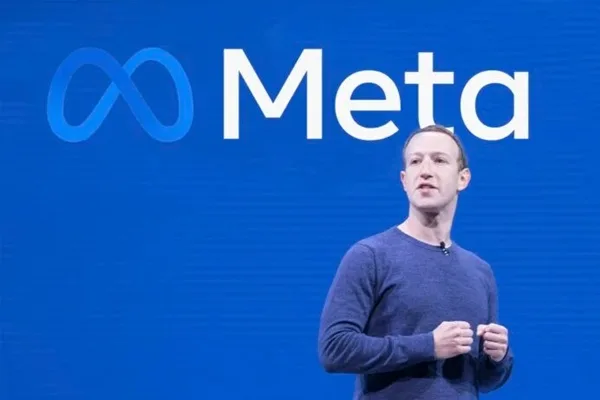Meta to Deploy World’s Longest Submarine Fiber Optic Cable
On 14 February 2025, while lovers were exchanging romantic gifts, Meta declared its unremitted love for speed with a plan to deploy the longest and fastest submarine fiber optic cable circling the globe. The project is codenamed Waterworth and will connect the five continents with a cable stretching some 50,000 kilometers.
Meta did not provide specific costs and timelines for the project other than saying that it is a ‘multi-year, multi-billion project.’ However, earlier in December 2024, the figure of USD 10 billion was floated around. The project will utilize state-of-the-art 24-pair submarine fiber optic cable. Base on a preliminary map released by Meta, the landing stations are planned in US, Australia, India, South Africa, Brazil, and other regions.

The announcement by Meta comes right after the US and India announced an Indian Ocean Strategic Venture, a new bilateral partnership to promote coordinated investments in digital connectivity and eCommerce.
Meta is the parent company that owns and offers Facebook Instagram and WhatsApp. It is estimated that Meta’s services accounts for 10-22% of global data traffic. Meta has stakes in over 20 undersea cables and Waterworth will be the first fully-owned by the company.
In that sense, Meta is attempting to close the gap with Alphabet, the parent company of Google, which has stakes in about 33 undersea cables, some of them exclusively owned. Other tech giants such as Amazon and Microsoft are also upgrading capacity for long haul transmission by either acquiring capacity on existing cables or deploying new cables independently or in partnership with others.
From Meta’s perspective, the advances in AI is driving the need for greater capacity, resilience and global reach. According to Analysys Mason, the global submarine fiber optic market is forecasted to grown from USD 8 billion in 2023 to nearly USD 10 billion in 2029.

